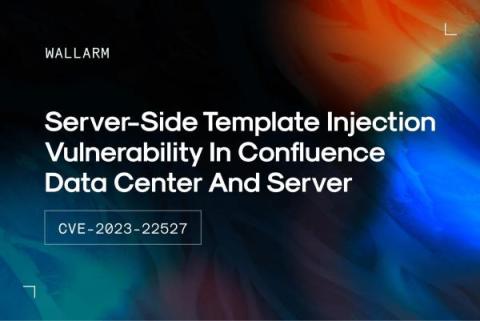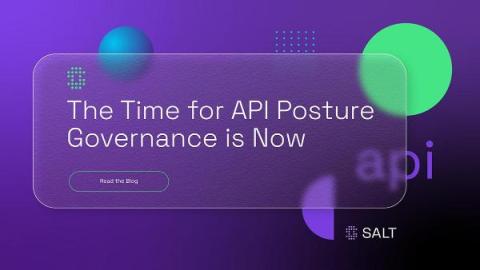Securing the Gateway - Mastering API Security in the Modern Web Landscape
APIs are the backbone of modern web applications, yet we rarely assess security beyond the traditional WAFs and Gateways. In fact, in a recent scan of over 1.5k GraphQL endpoints revealed a staggering 46,000+ security issues and sensitive data leaks—all accessible without authentication, with 10% classified as critical. Due to API’s being widely used by developers, they have now become a favored attack vector for threat actors.











